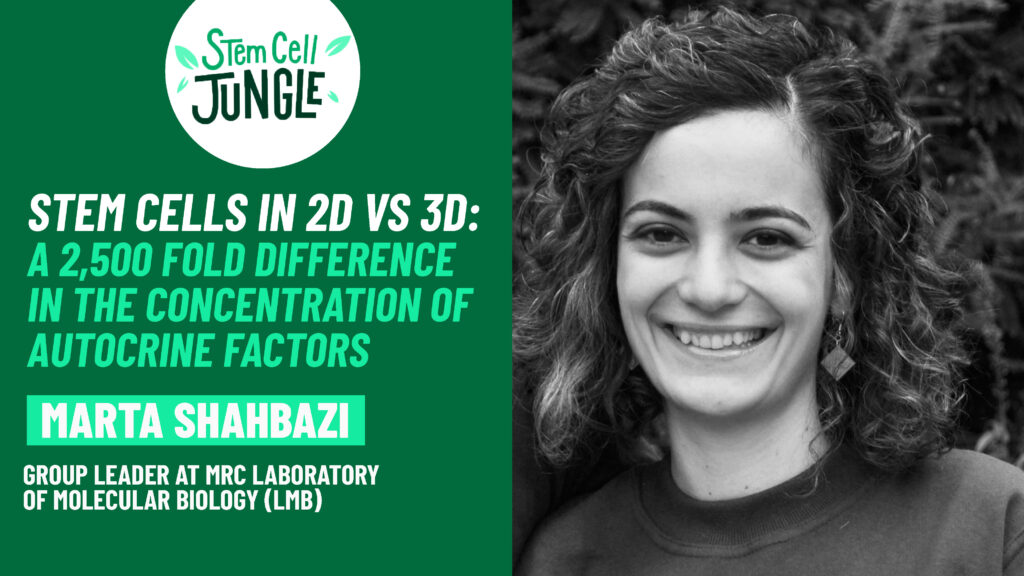Developmental biologist Marta Shahbazi, group leader at the MRC Laboratory of Molecular Biology in Cambridge, UK, expresses her interest in the lumen – a central cavity found in epiblasts and which plays a key role in the maintenance of pluripotency.
Transcript:
We want to understand how the 3D context modulates signaling. And so there are different ways how this may happen, so for example we work quite a lot with epithelial cells that are polarized cells, right ? So they have a specific apical domain, a specific vasolateral domain, with different proteins. So how this polarization affects signaling ? Localization of receptors ?
Secretion of ligands ? And so on so forth… And I guess especially in the context of epithelial and I’m thinking about the the epiblast structure you also have more, how to say that, like topological effects for example the lumen is actually some part of the embryo which the content can be controlled, there can be secretion in it, there can be very localized signaling, so the paracrine autocrine influence between cells might be very different in 2D and in 3D. I mean you are just describing one of our projects !
So exactly we really want to understand what is the function of the lumen absolutely ! And actually if you think about, so let’s think about the embryo for a second, you have those epiblast cells like you said they are all facing this central lumen it’s a very small cavity, whereas if you think about just a standard 2D culture: all the autocrine factors that the cells are secreting are going to be diluted in this huge amount of media and actually we have calculated that there is a 2,500 fold difference in the concentration of autocrine factors when you compare the lumen to a standard 2D culture. So definitely that is going to have an influence in the cell. But how is that influencing cell behavior ? And also what are those factors, those autocrine factors that are apicaly secreted These are questions that we are addressing right now, in my lab.


